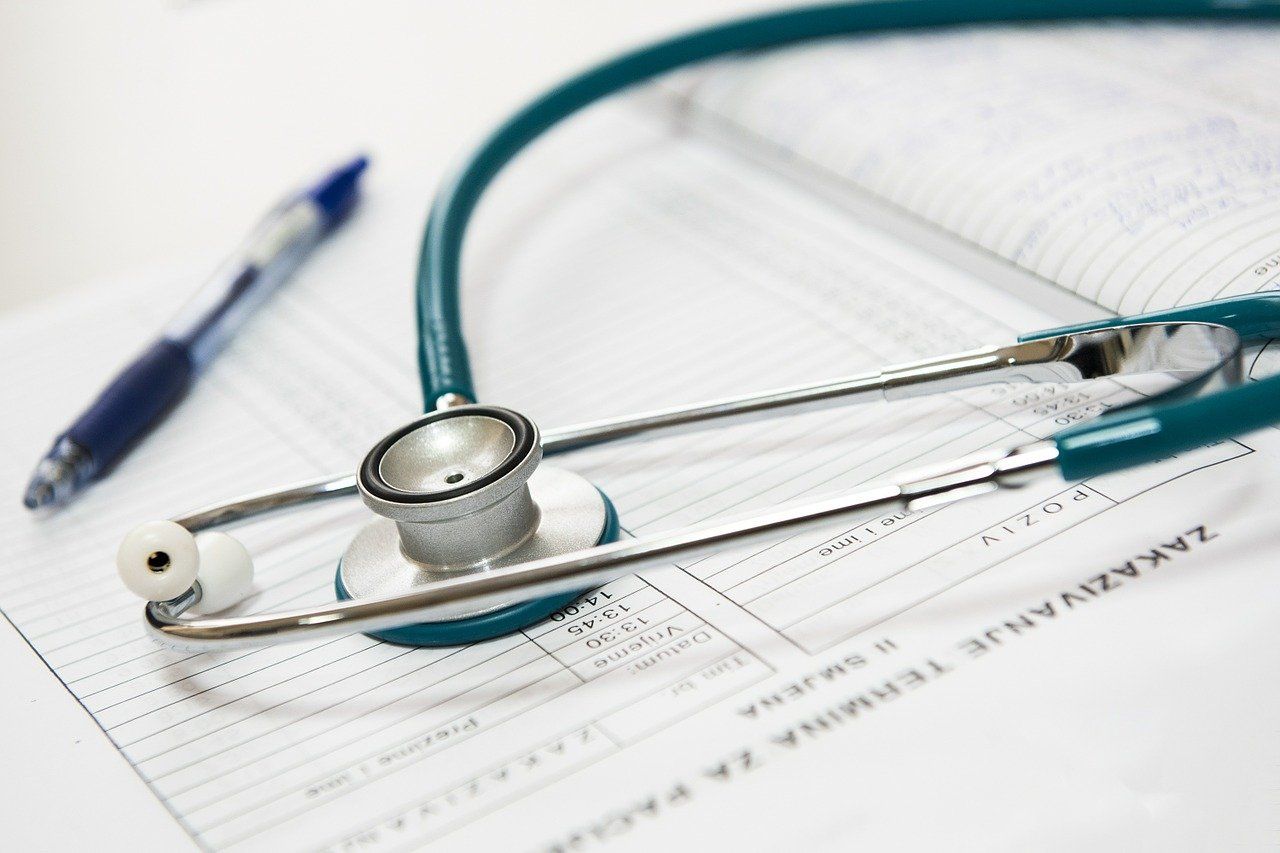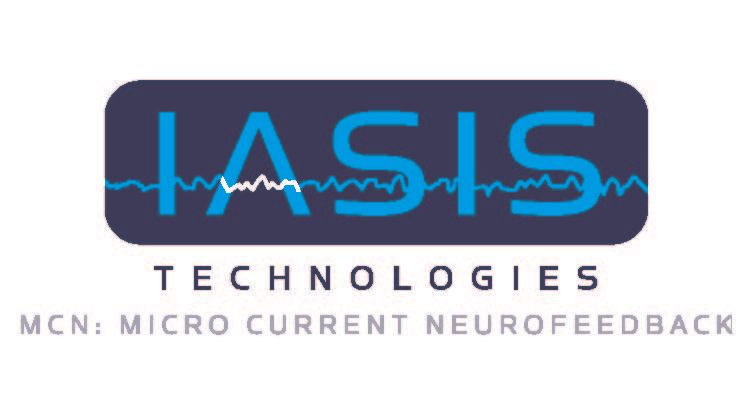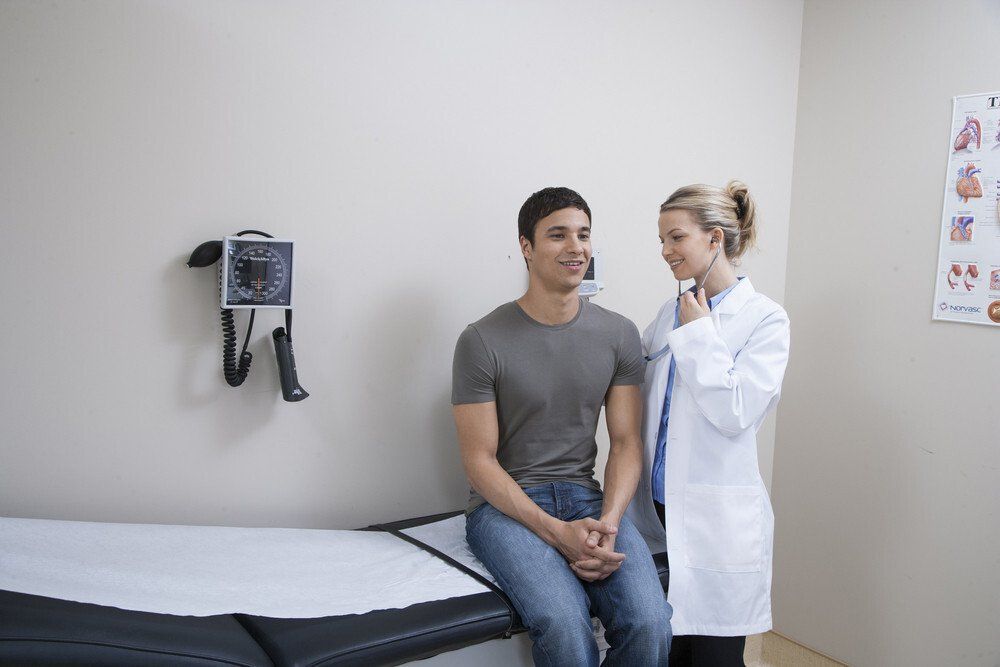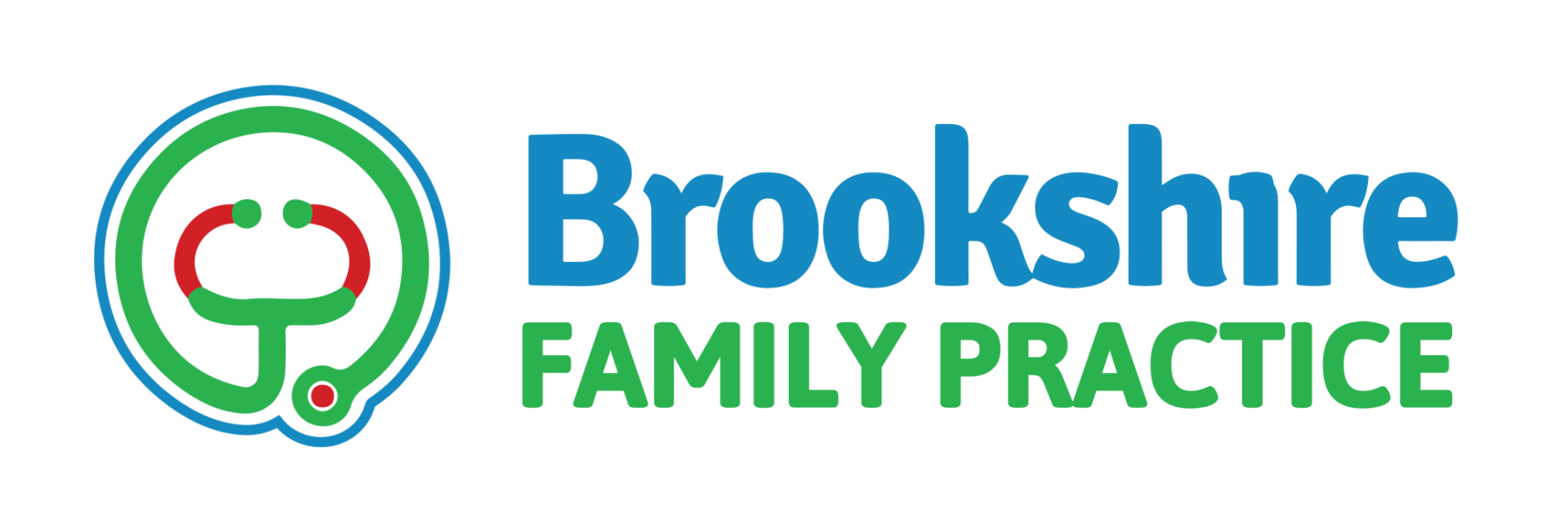What Does a DOT Medical Exam Entail?
There is more to working as a commercial driver than what meets the eye. As many transportation-related careers directly impact people on a regular basis, it's important that employees are following rules and regulations. Drivers that are designated as "safety-sensitive" for the Department of Transportation are subjected to an additional exam; in this case, a regular physical known as a DOT medical exam. Let's look into what you should expect from a DOT medical exam.
Medical History
A DOT medical exam does require that the person being examined bring certain types of documentation with them. If a commercial driver is on any medications, they must bring with them a complete list of all of their medications. This will include their dosage regimen, the prescribed dosage, and the names and addresses of their doctors. There is a health questionnaire that drivers are recommended to complete prior to their appointment, as this will speed the process along.
Additionally, drivers with visual impairments must bring their glasses or contact lenses, and drivers with hearing impairments must bring their hearing aids. If you have diabetes, you must bring the recent results of a HgAlC test as well as your blood sugar logs. If you have heart issues, you must be able to offer a letter from your cardiologist that describes your medical history and your current medications. Essentially, in all of these cases, you need to prove that it is safe for you to work.
Visual Exam
From that point, the exam will involve a visual exam, which will verify whether or not you have at least 20/40 visual acuity in each eye without corrections. In terms of hearing, you must be able to hear a forced whisper five feet away, with and without a hearing aid. You will be checked for high blood pressure and an irregular heartbeat, and a urinalysis will be conducted.
Physical Exam
From that point, a traditional physical exam will be carried out. However, a DOT exam can only be completed by an FMCSA certified examiner. If the examiner wishes to monitor a condition, like high blood pressure, they may issue a medical examiner's certificate for less than 24 months.
Don't panic about your exam. Just prepare, bring along the necessary documentation, and stay up to date. To learn more, contact Brookshire Family Practice today.











